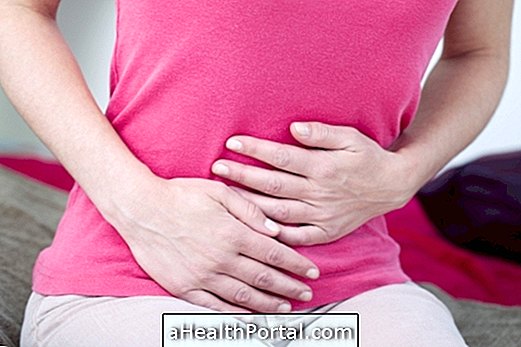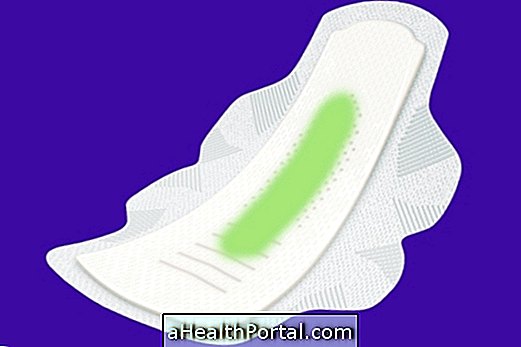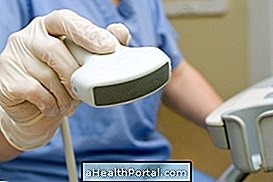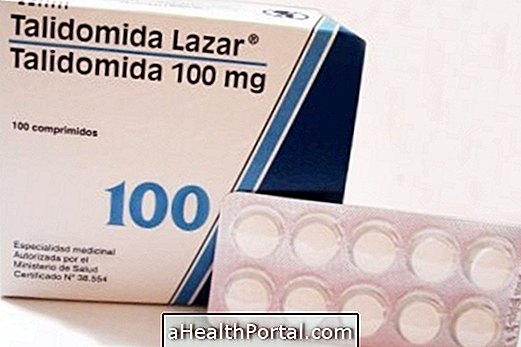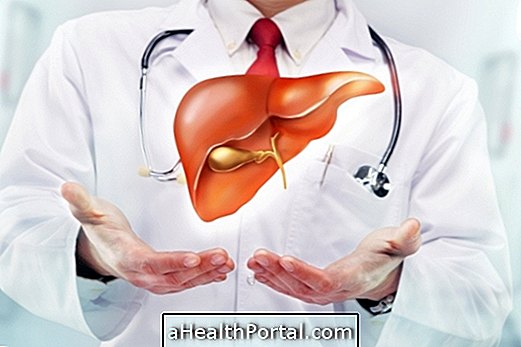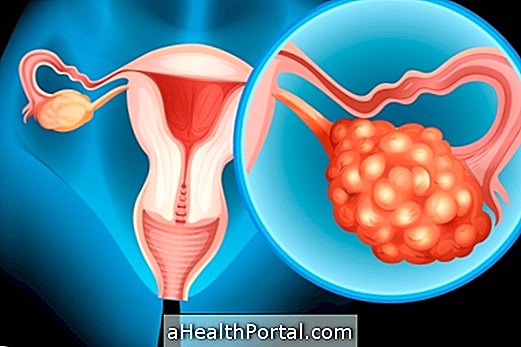Surgical hysteroscopy is indicated for extraction of uterine polyps, submucous fibroids, correction of malformations of the uterine cavity, treatment of endometrial thickening, adherence of the uterus, or withdrawal of the IUD when it has no visible wires.
Surgical hysteroscopy requires anesthesia, but the type of anesthesia depends on the type of surgery being performed.
Surgical hysteroscopy is contraindicated in women with cervical cancer, pelvic inflammatory disease, and in pregnancy.
Surgical hysteroscopy hurts?
Surgical hysteroscopy does not hurt because the procedure is done under anesthesia.
Preparation of surgical hysteroscopy
The preparation of surgical hysteroscopy consists of the woman taking an anti-inflammatory tablet 1 hour before the procedure and in case of thickening of the uterine canal, it may be necessary to place a tablet in the vagina, as the gynecologist indicates.
In the preparation of surgical hysteroscopy it is necessary to stay fast if it is performed under anesthesia.
Post-operative surgical hysteroscopy
The postoperative surgical hysteroscopy is usually simple. After the woman wakes up from the anesthesia, she stays on the watch for about 30 to 60 minutes. As soon as you are wide awake and do not feel any discomfort, you can go home. However, the woman may have to be hospitalized for a maximum of 24 hours.
Recovery of surgical hysteroscopy
Recovery from surgical hysteroscopy is usually immediate. The woman may feel pain, similar to menstrual cramps in the first few days, and blood may leak through the vagina. These blood loss, in some cases can last for 3 weeks or until the next menstruation.
Where to perform surgical hysteroscopy
Surgical hysteroscopy is performed in a hospital setting.
See cases in which surgical hysteroscopy is used:
- Hysteroscopy
Understand why the septate uterus can make pregnancy difficult
